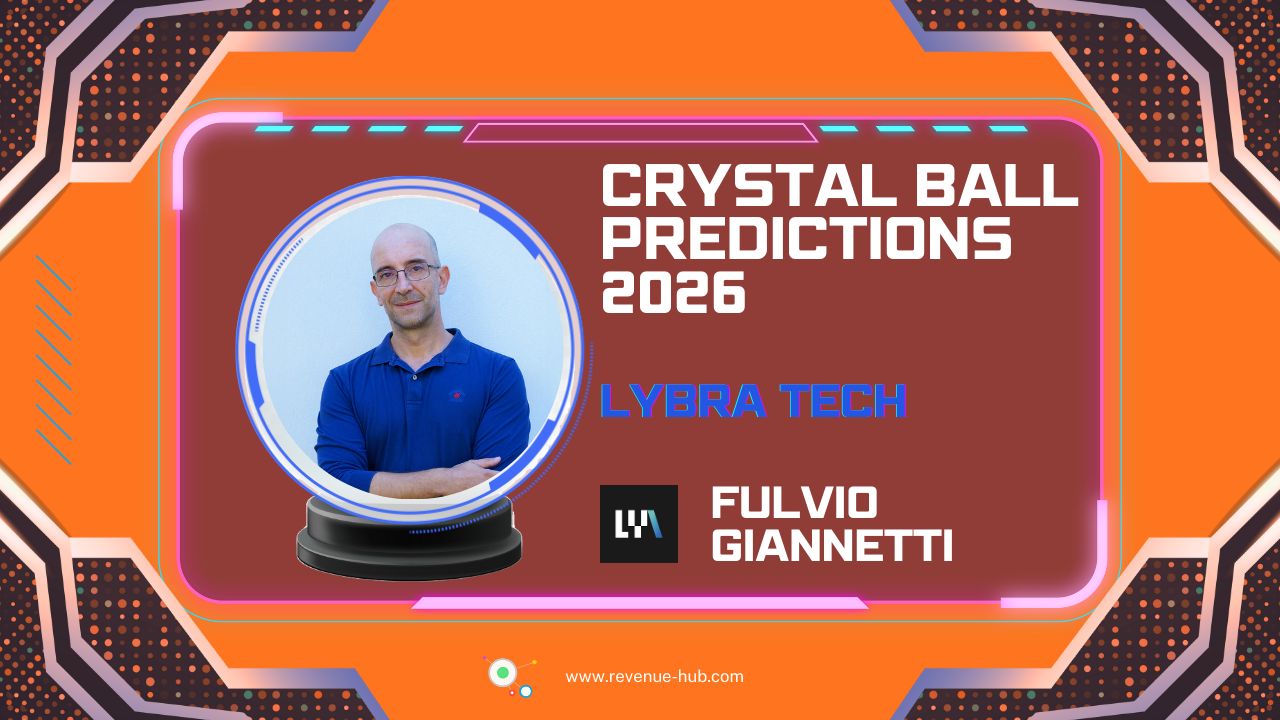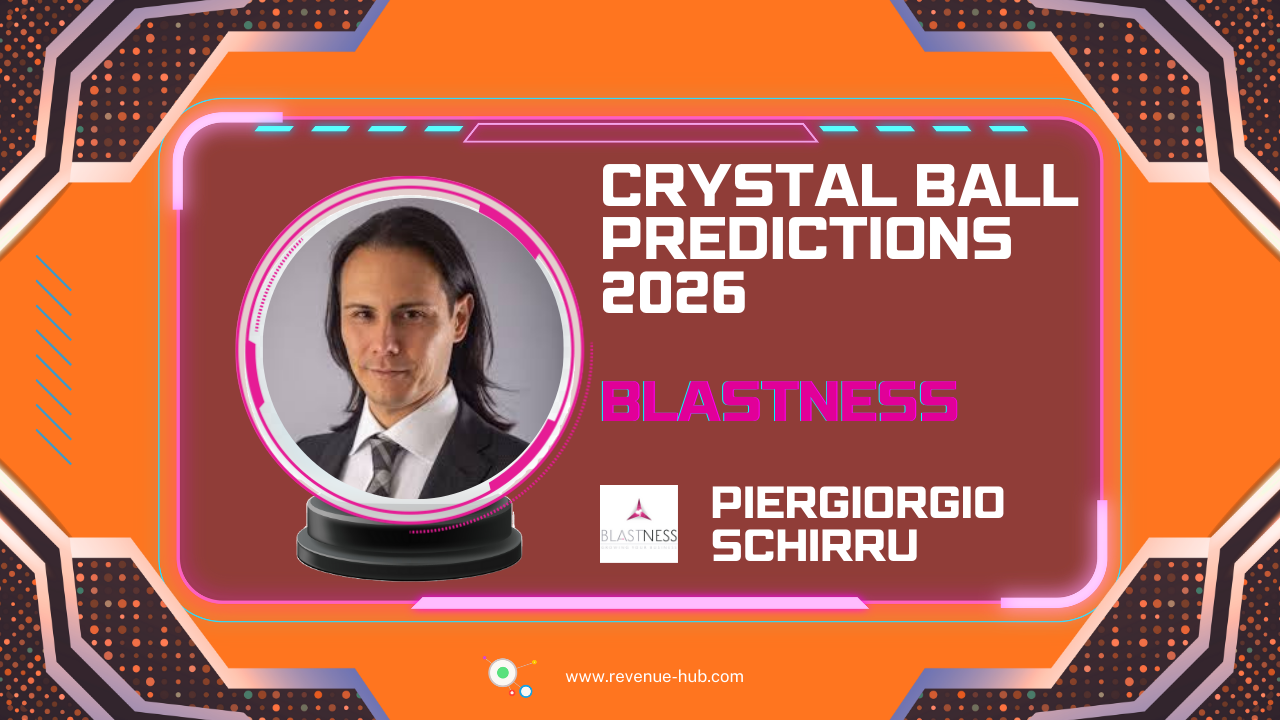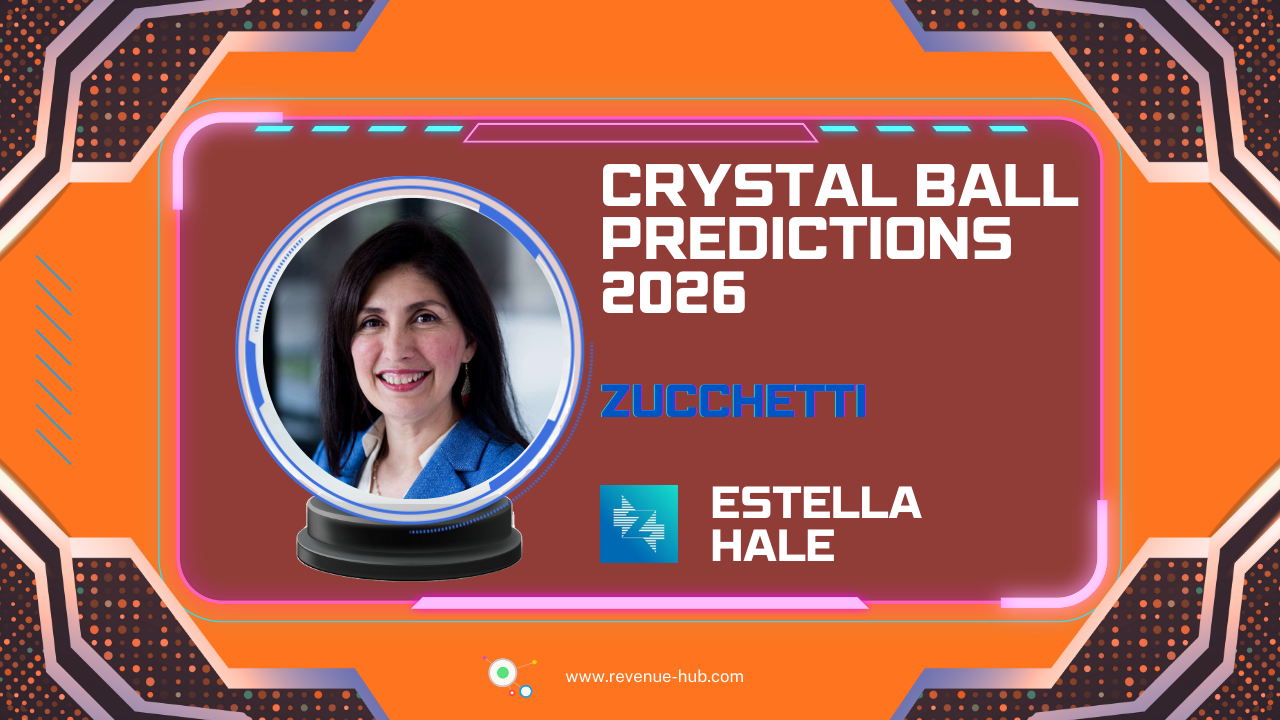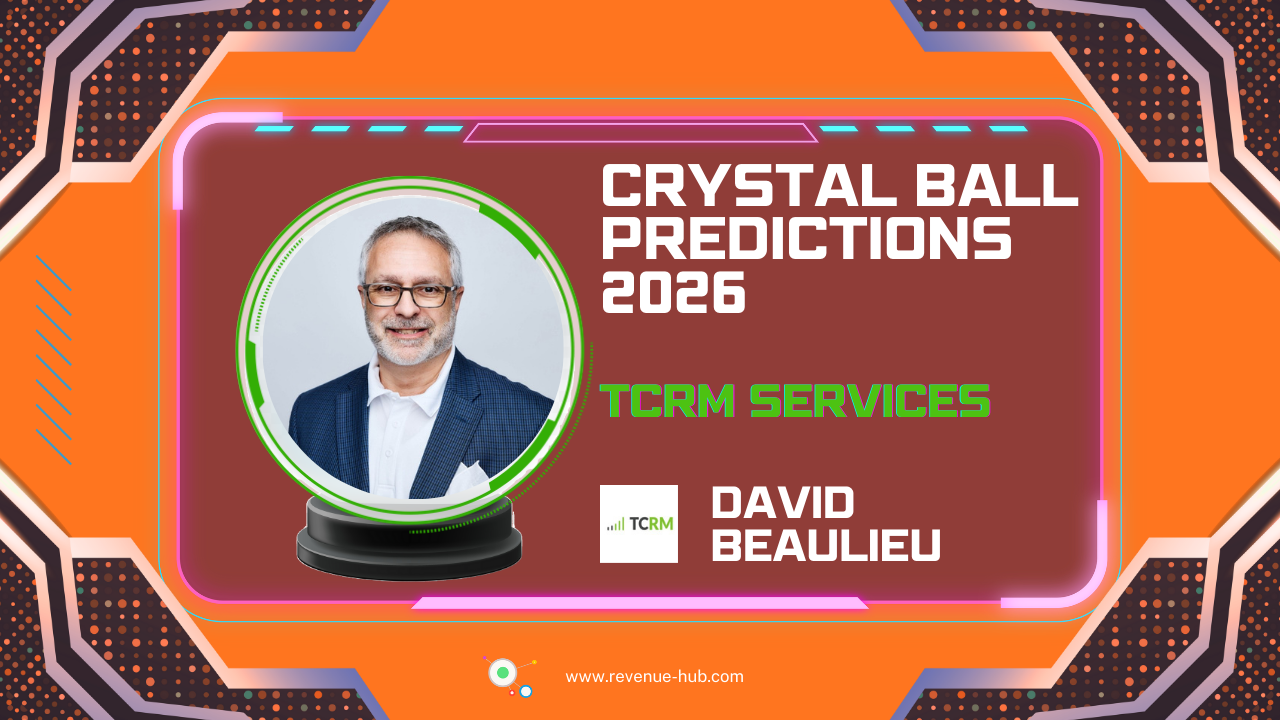Confused about PMax for your hotel? You’re not alone. This article cuts through the noise, explaining how PMax works and what level of control you really have. We’ll also show you how to optimize PMax campaigns to attract new guests and boost your bottom line.
NB: This is an article from Cendyn, one of our Expert Partners
Subscribe to our weekly newsletter and stay up to date
PMax for hospitality: Limited visibility but powerful reach
When it comes to grabbing attention in the digital realm, PMax certainly stands out. It offers a broader visibility scope compared to your standard search campaigns, appearing in various forms like text ads, video ads, banners, and even popping up in your Gmail, Discovery, and Maps experiences.
But here’s where it gets a bit fuzzy: understanding precisely how your ads get distributed across these channels is a bit like trying to predict where confetti will land after a festive toss.
Google is actively working on shedding more light on this, but let’s take a step back and understand why PMax came into play in the first place.
PMax emerged as a response to the evolving landscape of digital privacy, notably the decline of cookie-based tracking. Instead of focusing solely on keywords, PMax zeroes in on individual users. Think of it as a hybrid between traditional display and search campaigns, leveraging Google’s vast user data to target audiences based on their interests and behaviors.
It’s essential to note that PMax isn’t here to replace other advertising tactics but to complement them, adding another layer of depth to your marketing strategy.
Moreover, the more data we feed into PMax, the smarter it becomes. Insights on past guests, high-value customers, or other defining characteristics help refine targeting and improve campaign performance.
While visibility metrics might not offer a crystal-clear picture, advertisers still maintain control over their PMax campaigns.
Steering the ship: Guiding PMax to find your ideal guest
PMax leverages machine learning to find the most cost-effective placements that align with your hotel’s goals. This automated approach streamlines ad location selection, but it doesn’t mean you relinquish all control. By strategically setting up your campaign with clear goals and relevant audience signals, you can still influence PMax to reach the right potential guests across the vast Google Network.
- Campaign Goals: We tell Google what you want travelers to do, like booking a stay on your website.
- Off-Limit Zones: We can exclude certain websites, keywords, channels, and custom audiences (e.g. past purchasers) which we fine-tune to our targeting criteria.
- Audience Signals: Provides cues to Google’s AI about the ideal target audience.
Automation plays a crucial role in crafting PMax ads. Much like Responsive Search Ads, PMax ads utilize a responsive design, adapting seamlessly to various placements and user preferences. Google’s AI leverages historical performance data and user-side variables to generate ads tailored to individual users, maximizing engagement. With that said, with Google automation, it is never a set it and forget it strategy. Human intervention is necessary to maintain quality and brand voice for our hotel clients.
Tracking success: Understanding how PMax performs
For many, attribution can pose a significant challenge in assessing PMax campaign performance accurately, wherein PMax campaigns receive disproportionate credit, overshadowing the contributions of other advertising efforts and even double counting revenue.
Cendyn is uniquely positioned in the hospitality industry as we report on PMax conversions via Floodlights providing standardized attribution across different campaign types and deduplicating from all other Google products, including display. Hoteliers can benefit from knowing that revenue is being attributed to one channel alone and can understand how different campaigns contribute to your hotel’s revenue and profitability.
Optimizing with additional floodlight parameters in PMax
At Cendyn, we take optimization to the next level by harnessing the power of Google Floodlights. We don’t stop at just the basics. By implementing additional Floodlight parameters such as Average Daily Rate (ADR), Booking Windows, and Average Booking Value (ABV), we can fine-tune our PMax campaigns with unparalleled precision.
How Additional Floodlight Parameters Enhance Optimization
- Average Daily Rate (ADR): By tracking the average daily rate of bookings generated through PMax campaigns, we gain insights into the revenue potential of different audience segments. This information enables us to adjust bidding strategies and allocate resources more effectively, targeting audiences that are likely to generate higher returns.
- Booking Windows: Understanding booking windows can help us tailor ad messaging to seasonality as well as optimize towards hotel’s need dates and adjust the campaign when a property is oversold for a period of time.
- Average Booking Value (ABV): Tracking the average value of bookings driven by PMax campaigns provides valuable intelligence for optimizing campaign performance. By focusing on audiences that contribute to higher average booking values, we can drive incremental revenue and maximize return on investment.
The halo effect: PMax lifts other campaigns
Cendyn has observed a synergistic effect between PMax and traditional brand search campaigns. Beyond driving increased traffic at a lower cost, PMax campaigns contribute to revenue growth across brand and non-brand campaigns by attracting qualified leads.
Travelers are changing their habits. They might not always search for hotels directly. PMax acts like a smart assistant for Google, understanding user behavior and showing your hotel to potential guests who might not have thought to look for you.
After PMax launch, traditional search campaigns saw an 11% increase in bookings and 24% increase in revenue at similar ROAS.
This “halo effect” demonstrates the potential for PMax to complement existing marketing efforts and enhance overall campaign performance.
CRM + PMax: A match made in heaven
Integrating CRM data with PMax unlocks new possibilities for targeted advertising. By leveraging customer insights from CRM systems, advertisers can create highly personalized campaigns tailored to specific audience segments.
For example, past guest data can be used to identify lookalike audiences, while information on booking patterns can inform targeted promotions during peak seasons. By combining CRM and PMax capabilities, advertisers can maximize the effectiveness of their campaigns and deliver tailored experiences to their target audience.
The future is automation: Embracing PMax drives SEM success
PMax may have limitations, but the future of advertising is automation and machine learning. By understanding PMax and learning how to optimize it, you can stay ahead of the curve and attract more guests than ever before. On average, we see the following results while maintaining benchmark return on ad spend.





